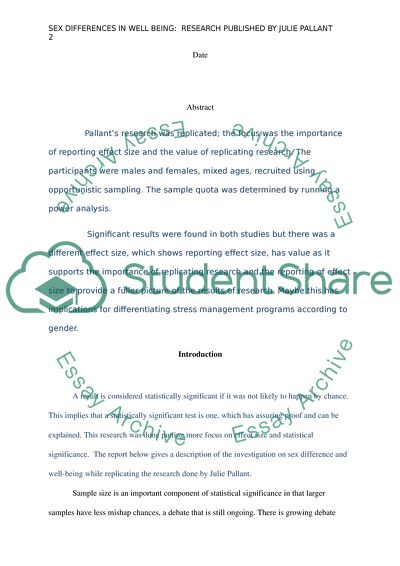Cite this document
(Sex Differences in Well-Being Research Paper Example | Topics and Well Written Essays - 2000 words, n.d.)
Sex Differences in Well-Being Research Paper Example | Topics and Well Written Essays - 2000 words. https://studentshare.org/psychology/1765558-sex-differences-in-wellbeing-a-replication-of-research-published-by-julie-pallant
Sex Differences in Well-Being Research Paper Example | Topics and Well Written Essays - 2000 words. https://studentshare.org/psychology/1765558-sex-differences-in-wellbeing-a-replication-of-research-published-by-julie-pallant
(Sex Differences in Well-Being Research Paper Example | Topics and Well Written Essays - 2000 Words)
Sex Differences in Well-Being Research Paper Example | Topics and Well Written Essays - 2000 Words. https://studentshare.org/psychology/1765558-sex-differences-in-wellbeing-a-replication-of-research-published-by-julie-pallant.
Sex Differences in Well-Being Research Paper Example | Topics and Well Written Essays - 2000 Words. https://studentshare.org/psychology/1765558-sex-differences-in-wellbeing-a-replication-of-research-published-by-julie-pallant.
“Sex Differences in Well-Being Research Paper Example | Topics and Well Written Essays - 2000 Words”. https://studentshare.org/psychology/1765558-sex-differences-in-wellbeing-a-replication-of-research-published-by-julie-pallant.


